Review: 2024 Fox Float Factory Shock
The Fox Float launched earlier this year, an inline shock that sits between the Float SL and the piggyback-reservoir equipped Float X. The goal was to take attributes from the Float X and put them into a smaller, lighter package that can work with a wide range of modern trail bikes.
When placed side by side, the size difference between the Float and the Float SL air cans is immediately evident. That larger air can allow for riders to run lower pressures, and prevents the shock from ramping up too quickly. It's not just the air can that grew – the shaft and the piston that's inside are both slightly larger, which allows for more oil flow and should help maintain consistent damping on longer descents.
When placed side by side, the size difference between the Float and the Float SL air cans is immediately evident. That larger air can allow for riders to run lower pressures, and prevents the shock from ramping up too quickly. It's not just the air can that grew – the shaft and the piston that's inside are both slightly larger, which allows for more oil flow and should help maintain consistent damping on longer descents.
Float Details
• Adjustments: rebound, two-position compression lever (with 3 settings in open position)
• Size: Standard eyelet: 170, 190, 210, 230. Trunnion: 145, 165, 185, 205
• Weight: 361 grams (210 standard eyelet)
• MSRP: $499 USD
• ridefox.com
• Adjustments: rebound, two-position compression lever (with 3 settings in open position)
• Size: Standard eyelet: 170, 190, 210, 230. Trunnion: 145, 165, 185, 205
• Weight: 361 grams (210 standard eyelet)
• MSRP: $499 USD
• ridefox.com
Adjustments
The Float has a red rebound dial located in its typical position, and there's a two position lever that toggles the compression between open and locked out. The open mode can be customized by selecting from one of three different settings – the lower the number the lower the amount of compression damping.
The lockout mode isn't externally adjustable, but there are different tunes available, which means that it doesn't necessarily have to be an super firm setting – if a rider wanted, Fox could tune it to be a little softer for riders who'd rather have more grip when climbing.
Plastic volume reducers of various sizes can be added or removed to alter the amount of end-stroke ramp up. A MCU bumper helps dissipate the impact force to prevent any harsh claings or bangs when the shock reaches the end of its stroke.
Performance
Climbing
The shock I tested had a firm lock out setting, one that's best suited to pavement or gravel roads rather than chunkier terrain. It does have enough give during larger impacts to keep your bones from getting rattled if you forget to flip the lever before descending, but it's not a setting that's usuable on any sort of technical descent.
Honestly, I'm not totally convinced by the move to a two position lever. On the previous Float DPS I'd regularly use the middle compression setting for much of my ride, and then flip to the fully open position for extended sections of downhill. Removing that feature doesn't seem to come with any benefit, especially since it's possible to inadvertently move the lever into the non-existent middle position.
That brings me to the other criticism I have about the lever – it can be a little awkward to move on the fly, since the air valve gets in the way. If the sweep of the lever was adjusted to move the final position to the center of the current range of motion it would make more sense. As it is, it's not ideal.
Descending
I tested this shock on a number of bikes, starting with the Commencal Tempo, where it temporaily took the spot of the DPS that the bike comes with. Compared to the DPS, the Float has a 'deeper' feel, taking more of the edge of small and medium hits. The DPS feels firmer in the early part of the stroke, which does give it a sportier, slightly more supportive feel, where the Float seems to lean more towards descending performance, and is more eager to use its travel. It also requires less air pressure – in this case, 140 psi vs. the 170 psi I ran in the DPS to achieve 25% sag for my 160 pound weight, which could be beneficial to heavier riders.
In the case of the Tempo, the difference in the performance of the Float compared to the DPS isn't enough to make me rush out to swap shocks. The stock DPS on the Tempo works great, and I prefer the three position lever to the two position one on the Float.
That said, the Float is still a good option for riders who don't want to take the weight penalty of a piggyback shock, but want something that's a bit more forcused on descending performance.
How does it compare?
Compared to the Float X, the Float costs $100 less, and it's roughly 130 grams lighter. It also takes up less room due to the lack of a piggyback reservoir. Both shocks have two compression positions, but the Float X has a wider range of options in the open position - 10 clicks instead of 3.
On the trail, both shock are similarly quiet, and there's not a dramatic difference between the two when it comes to how they react to impacts. That said, I did some back-to-back laps with the Float against the Float X on an Orbea Occam, and I preferred the Float X - the wider range of adjustments meant I could make it a little softer off the top, and it did a better job at taking the edge off of larger hits. I didn't have any consistency issues with either shock, but in theory, the Float X's design should be better suited to extended downhill runs.
In this category the RockShox Deluxe is also worth considering – with the right tune that can be a very impressive shock – the Scor 2030 I reviewed earlier this year helped remind me of that fact. It too has a two position lever, with three settings for the open position. It's a similar weight, and the price is slightly less, at $430 USD.
Pros
+ Lighter than Float X with similar (but not identical) performance
+ Easy setup and effective adjustments
Cons
- Compression lever positioning isn't perfect
Pinkbike's Take
Author Info:
Must Read This Week
Sign Up for the Pinkbike Newsletter - All the Biggest, Most Interesting Stories in your Inbox
PB Newsletter Signup
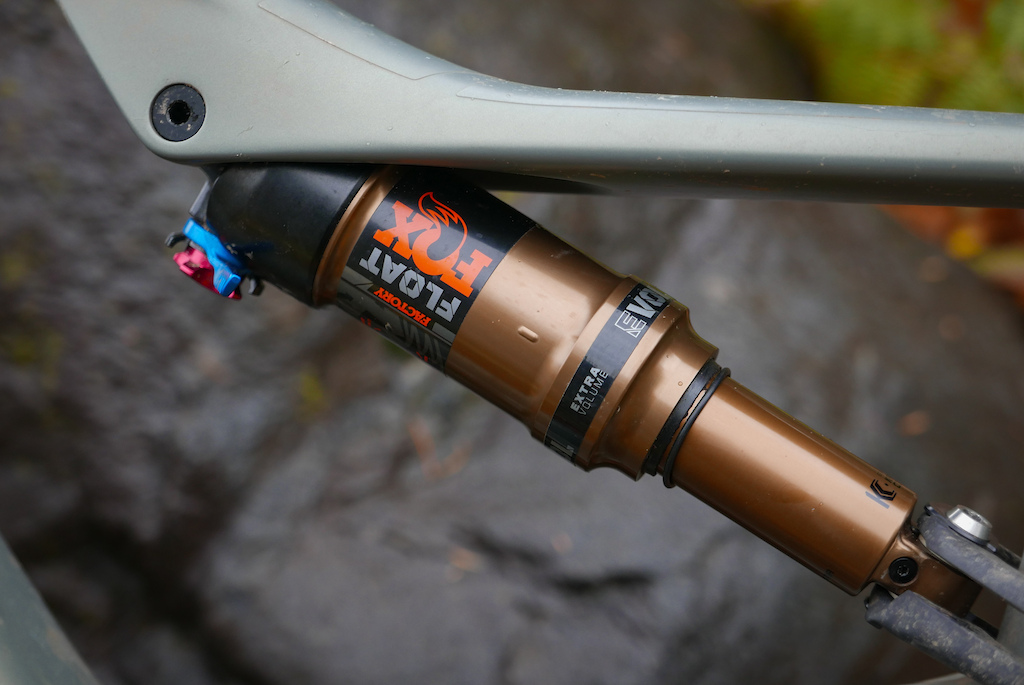
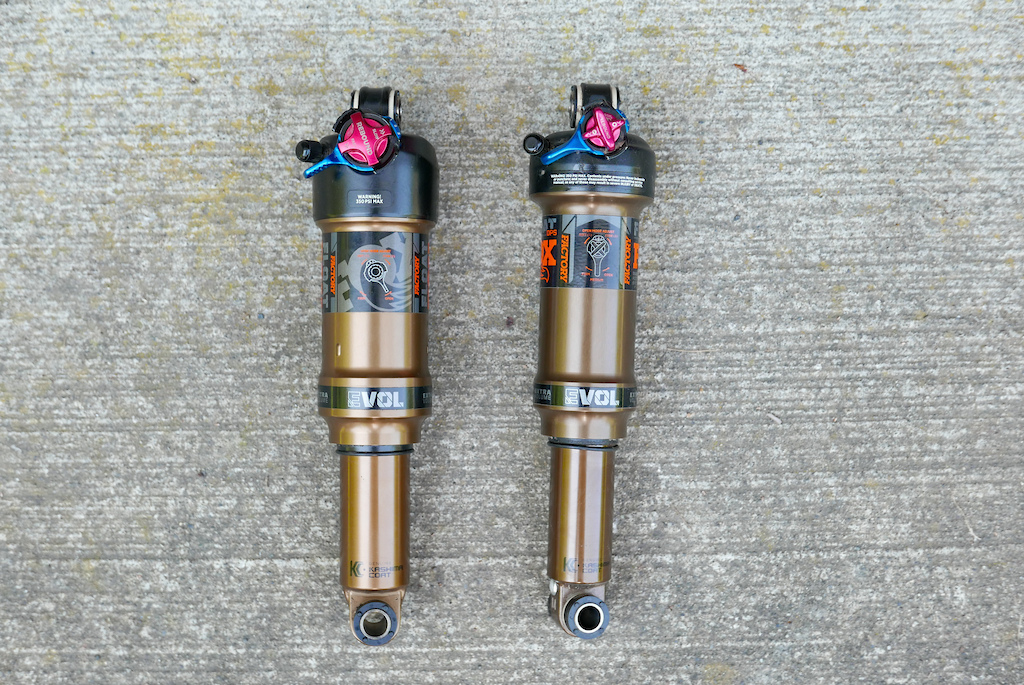
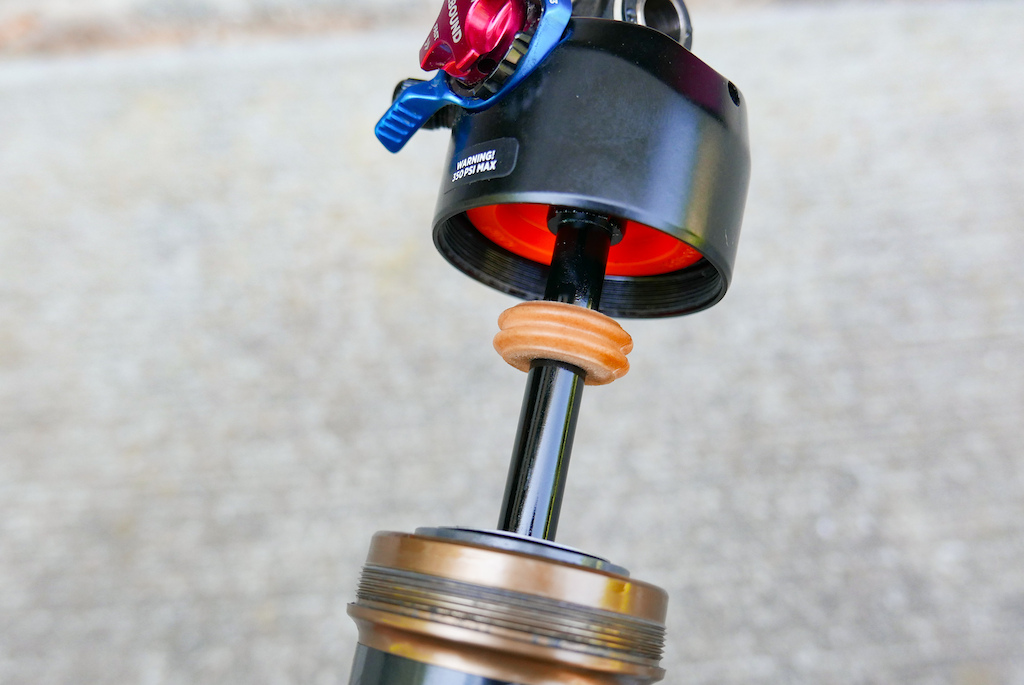
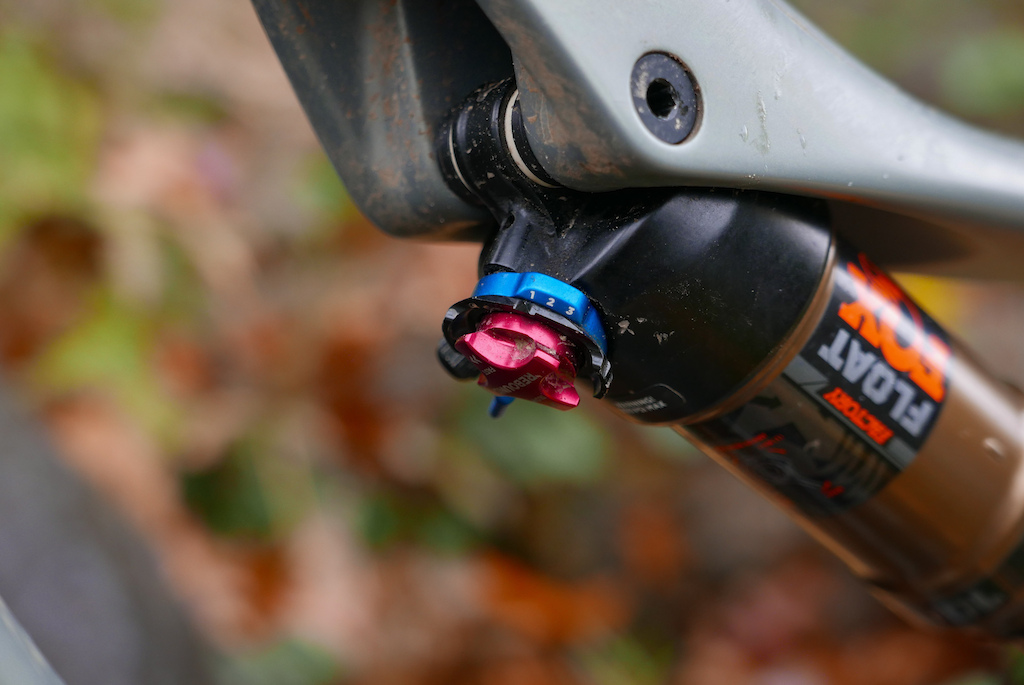
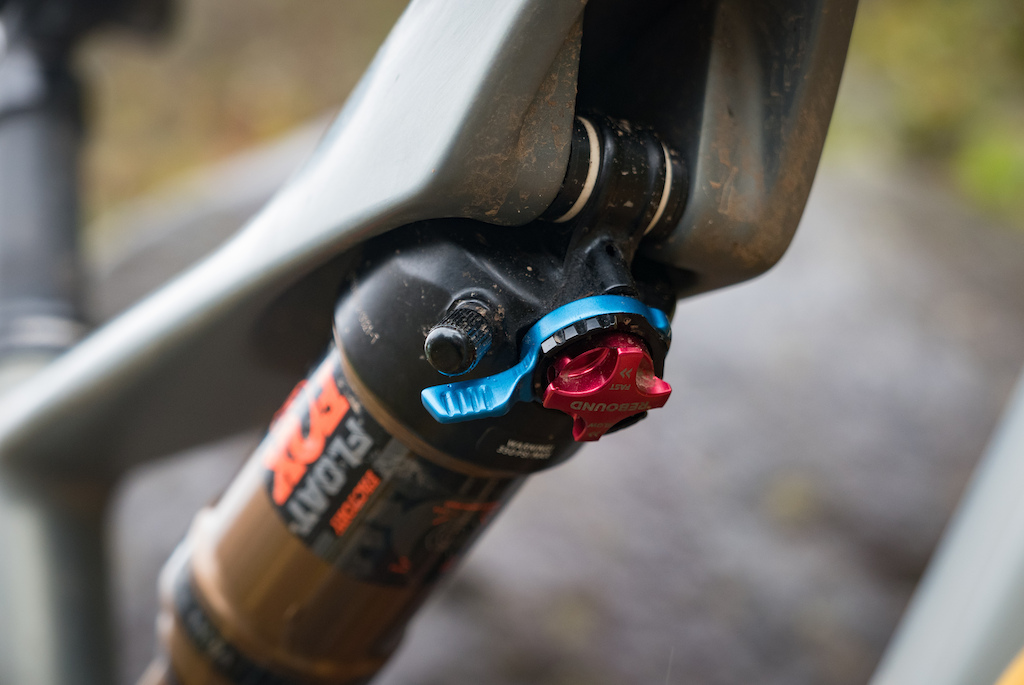
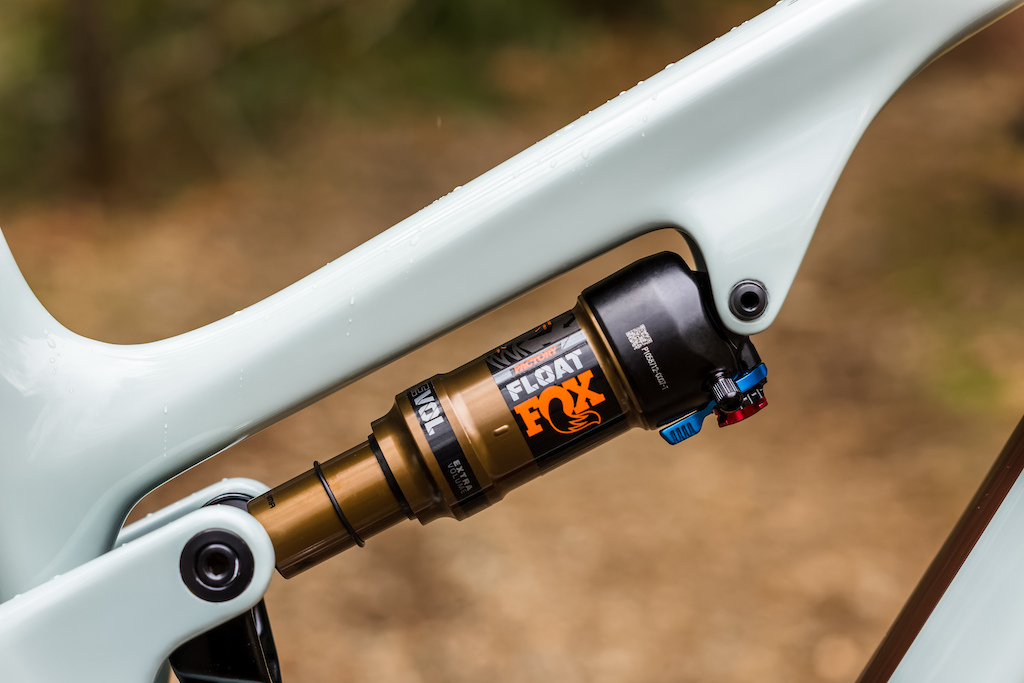



going to get my dirtbag card revoked for this, but the DPS was/is my favourite Fox shock out of the DPS, DPX2, X2, and DHX2. so tuneable, sensitive but poppy, and can still handle some serious chunk.
Potentially useful to hear about durability/serviceability if it is a long term review.
Because you're right. We have to assume that shock was set up 100% correctly to manufacturer specs for that particular bike or we could be getting a review that's way off as the shock wasn't being used effectively. Now obviously we know that most the reviewers for the most part know why they are doing but.... If we had a shock and fork Dyno we could learn a lot more and we could see if what is being claimed by the manufacturer is actually true.
The general public is getting far smarter when it comes to bike tech and yet reviews are still done in a pretty archaic way for suspension. I'd rather see a quick mini write up and a link the write-up to a video on YouTube that is a deeper dive into what the shock is doing, what it can do and some characteristics we may feel based on what we learn in "The Lab"
Hell call up Steve at vorsprung and see if he would do a joint project with you guys where you hand off the shock to him and he does a 5 minute deep dive into what's all going on.
This is good info to know if you are looking to buy aftermarket and can't try either shock out. Those characteristics alone will 100% change the ride of the bike.
It's pretty clear how a leverage curve and shock dyno curve work together to produce a characteristic of a rear end suspension, it is not an emergent phenomenon in my definition.
Not measuring the dyno curve (nor acknowledging that those curves are different for different shock tunes) and just testing it on one bike is not reductionism, it's more the lack of it.
I'm not having an issue with the review, just that this is a hugely subjective observation, and one that's likely due to many other variables other than the model of shock.
That said I sure like the Float DPS and on my 135 trail bike and I would only consider swapping to a coil for sensitivity before I would consider a different air shock.
So if you know the leverage curve and the shock response the whole system is known.
Emergent phenomena to me are the result of complex networks with recursive relations between the different subsystems, that lead to system states that are not trivially predicted from the subsystem properties. But I guess that's semantics.
The value of a review with proper data input can be that the reviewer takes the shock data and uses their expert knowledge to explain what this shock will do on bikes with different leverage curves. And perhaps give recommendations on changes from the default tune for certain bikes. RIght now, I have no idea whether this 'it rides deeper in the travel' observation is due to the specific properties of the shock, or just a tune difference. If you change the volume spacer it will ride higher or lower. Of course, other observations like the stuff about the lever and the adjustability vs the float x are useful info too.
Curious if the high pressure helps for riders in warm climates.
This cavitation is the enemy of a damper as it create excess heat and causes loss of damping. That's why a piggy back shock is typically better. It can spread the forces that cause cavitation between two valves rather than just one. That's why the Float X only needs 150psi. This should also mean less breakaway force, but with how advanced air springs have become that's less of an issue.
That isn't the case. Cavitation is quite common in suspension, especially front suspension where dampers aren't charged. Remember that rear suspension on a bike is usually between 2:1 and 3:1, meaning the shaft speen on the shock will move 2 to 3 times faster than the rear axle. So yes, cavitation certainly happens on MTB suspension.
Can’t comment on the bubble science, but your math on leverage ratio is backwards: shock moves less/slower than rear axle.
www.instagram.com/p/CyjjcqUrXB3
moved on to a mara il and never looked back. the manitou just works brilliantly.
the price difference from selling of the fox allowed for a hand full of lift-aided days.
and yes, it gets a bit warm on 5k vertical days, yet works as expected even on the last descent of a long day. only drawback: no full lock-out.
But your results may vary...
TL;DR: New Float on Stumpy is the bomb
www.sram.com/globalassets/document-hierarchy/tuning-manuals/rockshox-rear-shock-piston-tuning-guide.pdf
Does this have a rebuildable base valve assembly? That was a problem with the DPX2, it was replaceable, but difficult to bleed properly, so I'm told.
Does this support custom shim stacks?
I am really impressed with RockShox that they publish tuning guides for some of their rear shocks with different shim stacks shown....does Fox do the same?
Yup.
It sounds like the new Float should have similar benefits without the extra weight and size of the Float X and thus I can see it working really well on Tallboy, Optic,Izzo etc....
Note also that on the Float X I thought the 2 pos switch also made more sense than the 3pos - Open was any time was 'mountainbiking' whether climbing or descending. Closed for riding to the trailhead, dragging up a big fireroad etc. However without the finer 10 way compression adjust I can see this might be trickier.
It's not the larger can that allows/forces lowers pressures, it's the relationship of positive to negative chambers AND most importantly the piston area. With the same piston area (the "SI" in PSI), and same pos:neg ratio, it doesn't matter how big the chambers are, the same initial pressure (the "P" in PSI) is going to give the same initial force.
~20% more piston area (2.11 si vs 1.77 si) nets same force with ~20% less pressure
Why do you assume the new "closed" setting corresponds to the old "closed"? Why not the old "middle"? They're both tunable internally, it's totally possible that the new shock could be setup to effectively remove only the old "closed" setting and the remaining two are more equivalent to the old "open" and "middle".
Are there non-main positions? Sub-positions?
Never said they're perfect. Just said most people just regurgitate what they see on the internet and don't have anything real to say. You had your issues. Glad you found something that works.
I have never had luck with RS products and most people I know running them have issues. That's my experience just like you blowing up 3 Fox's is yours. Just like I hate SRAM brakes but some folks love them.